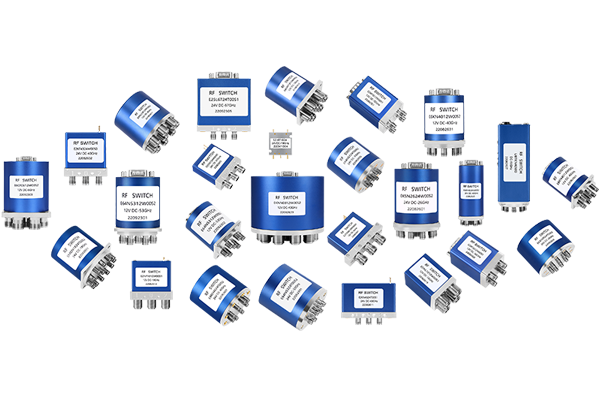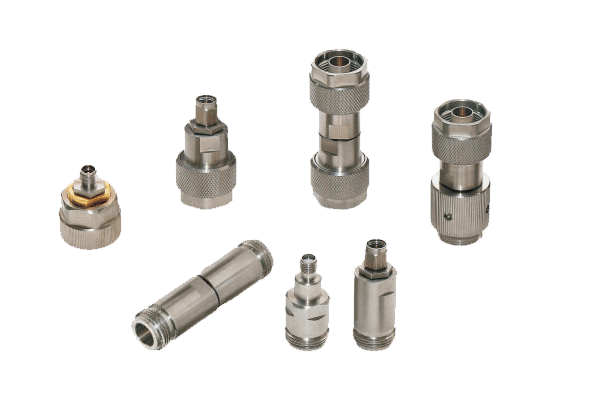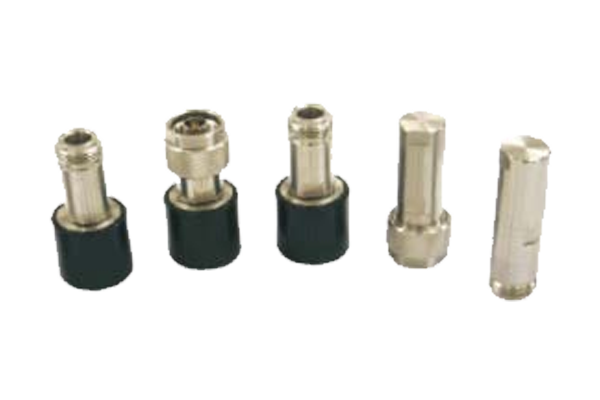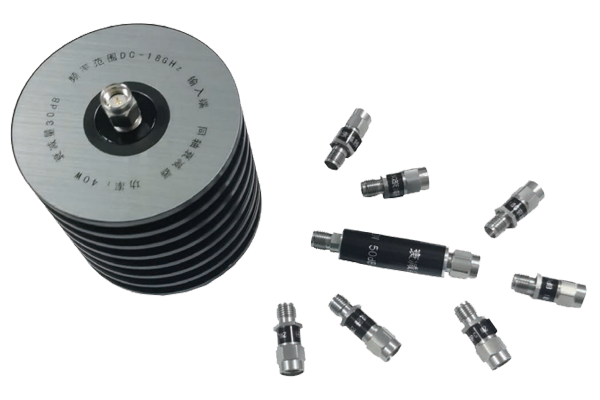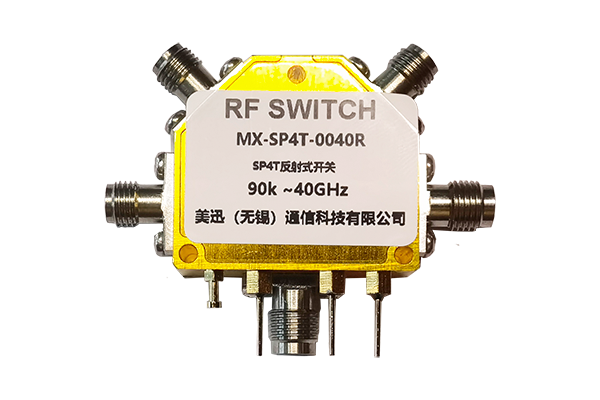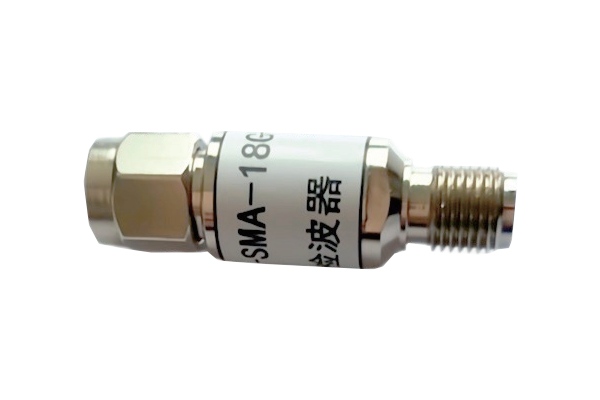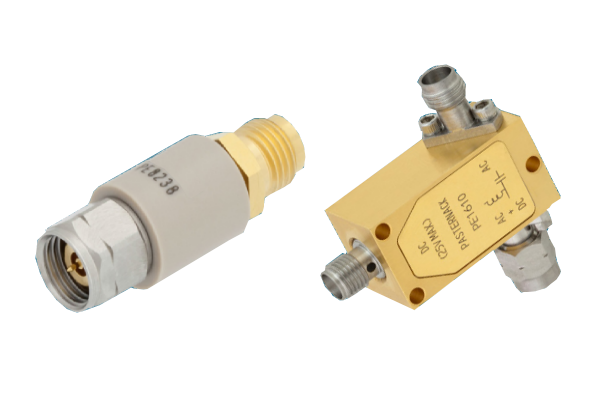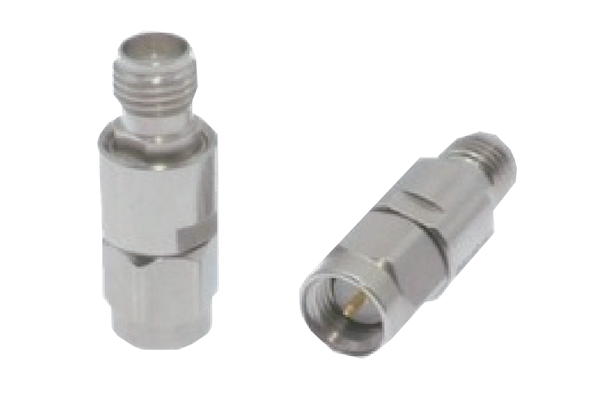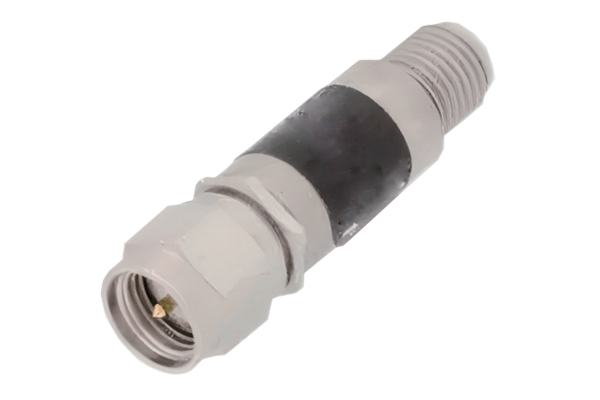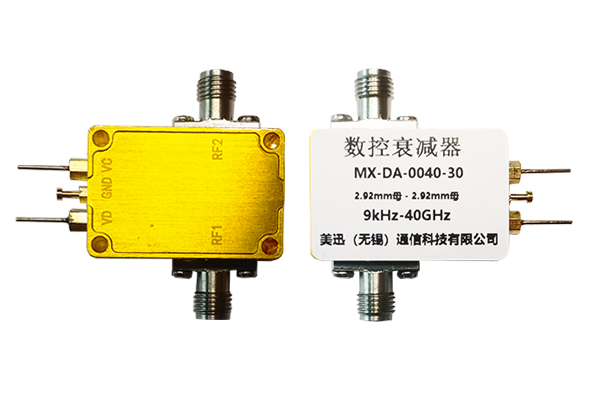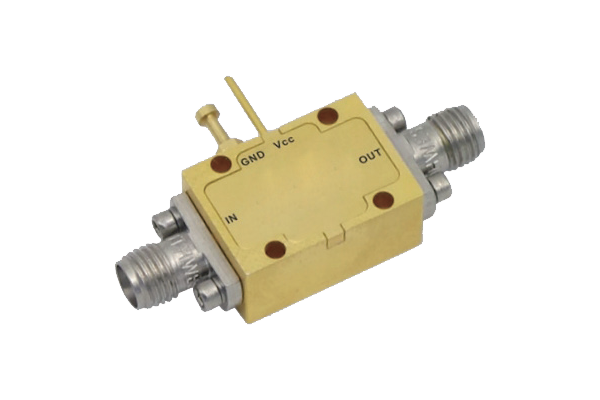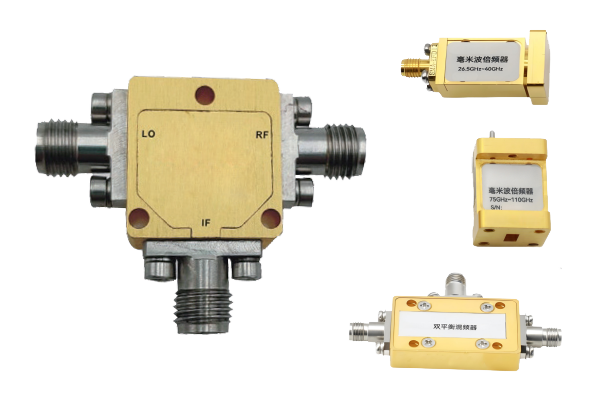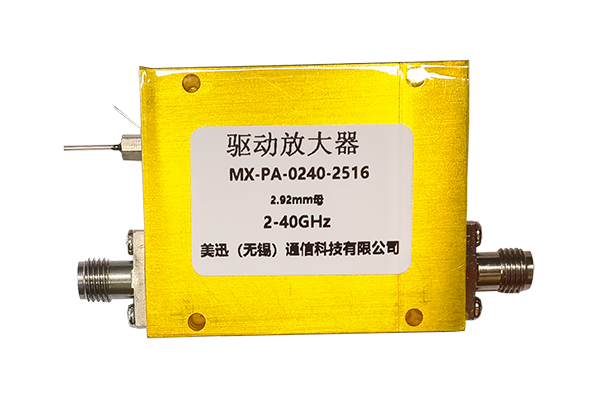How to Ensure LNA Amplifier Stability
LNA Amplifier Stability Optimization
Strategies for enhancing performance and reliability in various operating conditions
Optimizing Circuit Topology and Parameter Design
- Select stable topologies like common-source or common-emitter designs with feedback networks
- Implement reasonable feedback mechanisms to suppress circuit self-excitation
- Accurately set key parameters: bias current, voltage, and impedance matching
- Prevent amplifier operating point drift due to parameter deviations
- Plan signal paths and grounding layout to reduce parasitic coupling
- Mitigate stability issues from improper circuit structure
Improving Environmental Adaptability
- Select components with low temperature drift coefficients
- Incorporate temperature compensation modules to offset temperature effects
- Employ moisture-proof packaging for humidity protection
- Prevent circuit leakage and component degradation in humid environments
- Enhance electromagnetic compatibility design
- Improve resistance to external electromagnetic interference
Real-time Monitoring of Key Operating Parameters
- Equip with real-time parameter monitoring module
- Dynamically monitor output power, gain, and bias current
- Trigger control mechanisms upon detecting abnormal parameter fluctuations
- Adjust bias circuit output or activate backup compensation circuits
- Integrate alarm function to alert operators for intervention
- Prevent persistent parameter deviations from causing stability failure
Strictly Control Component Selection and Quality
- Prioritize components with stable and consistent performance
- Focus on core components: transistors, capacitors, and inductors
- Source components through reputable channels
- Conduct rigorous factory inspection to verify parameters
- Follow standardized processes during production and assembly
- Ensure secure soldering and good contact between components



